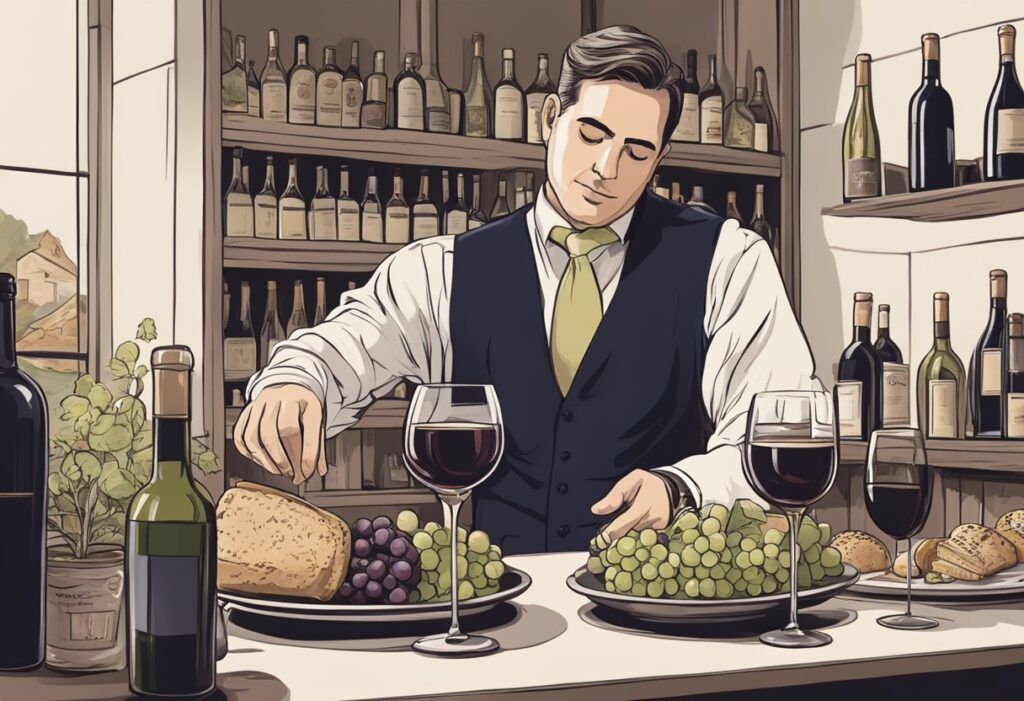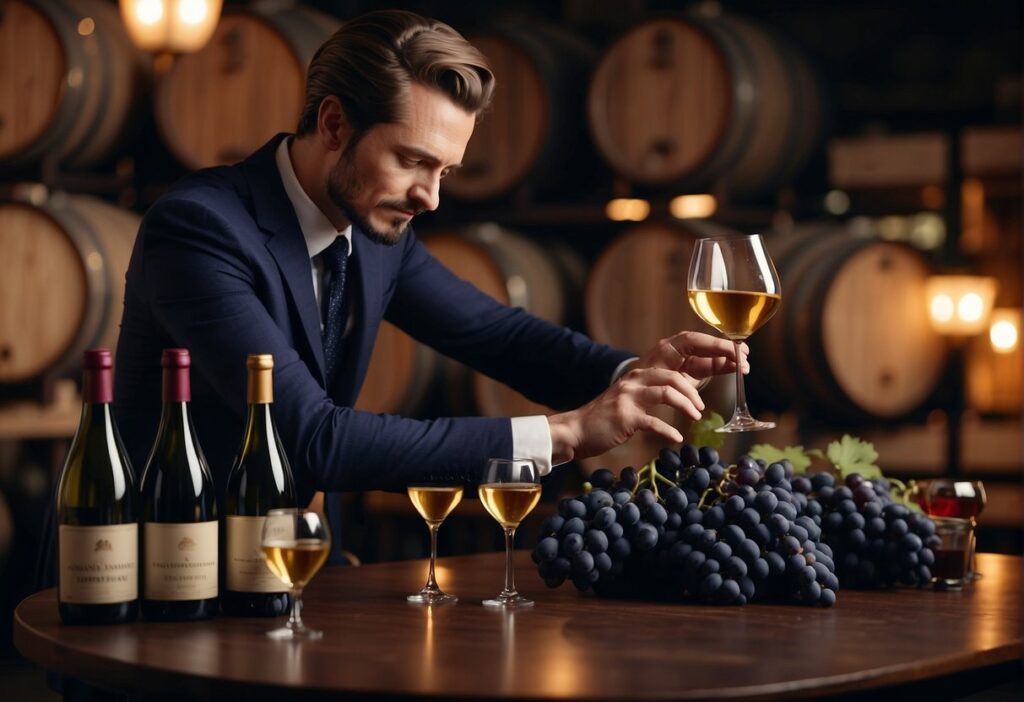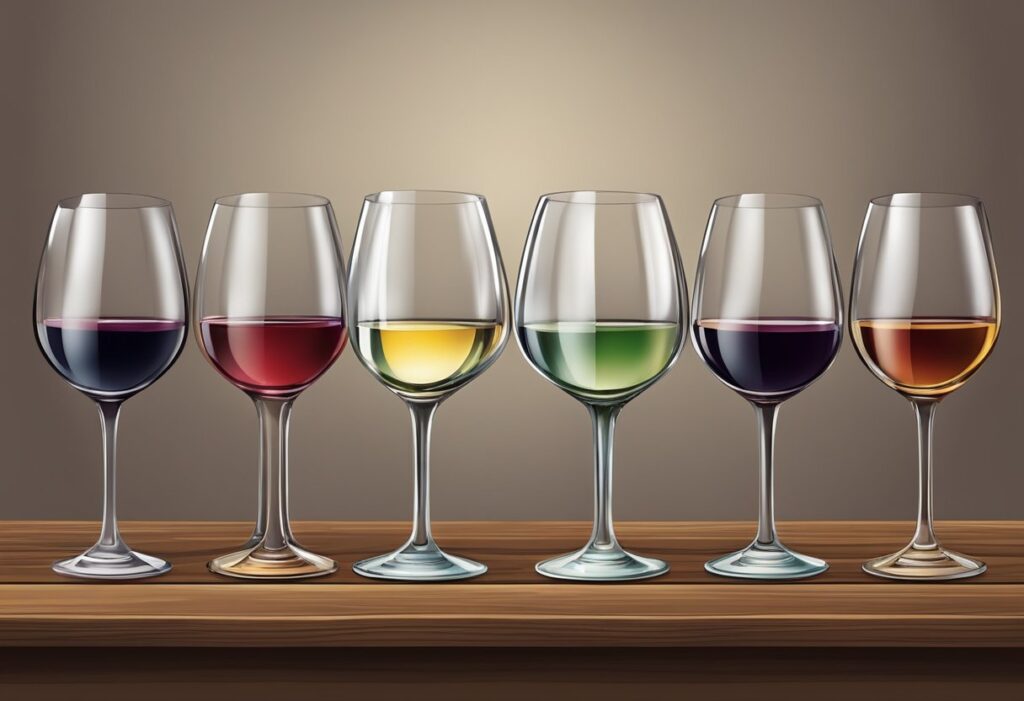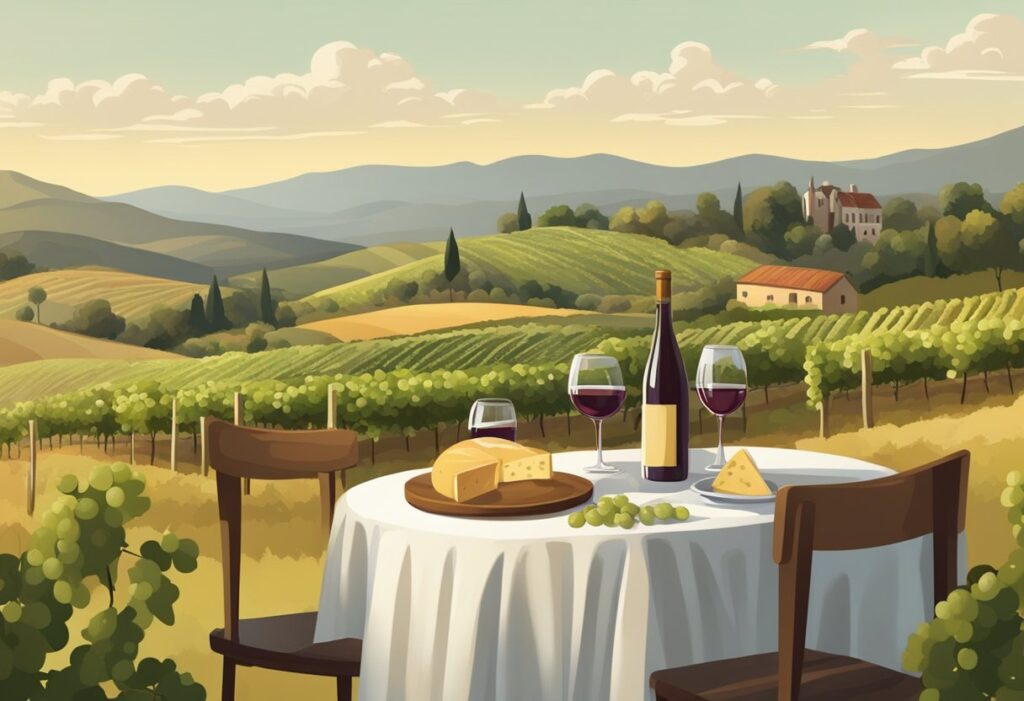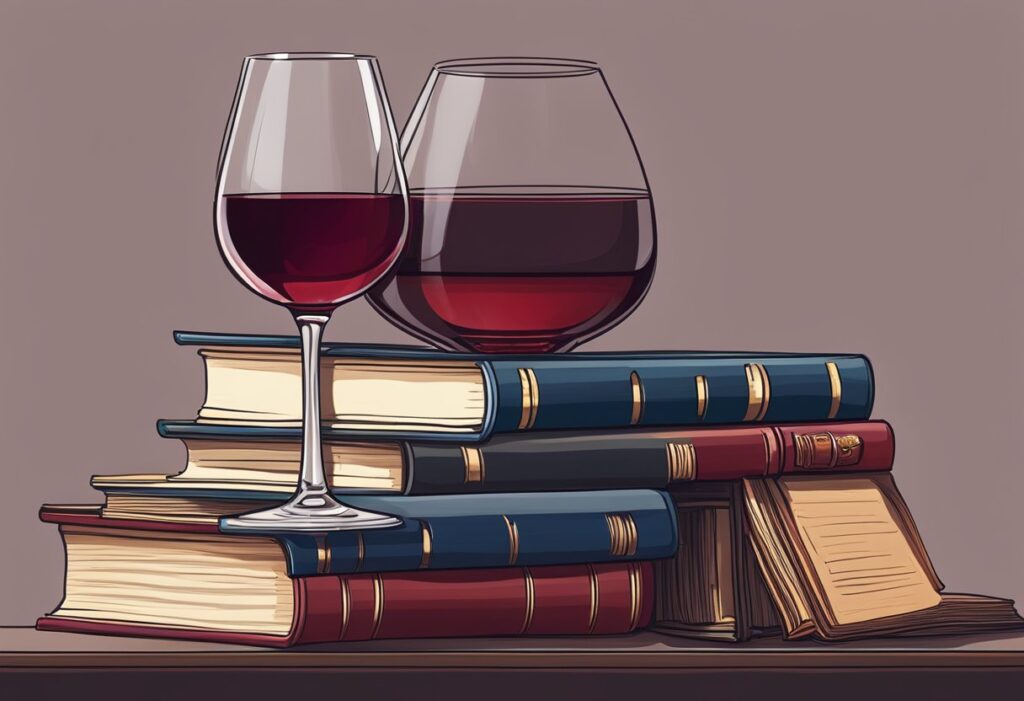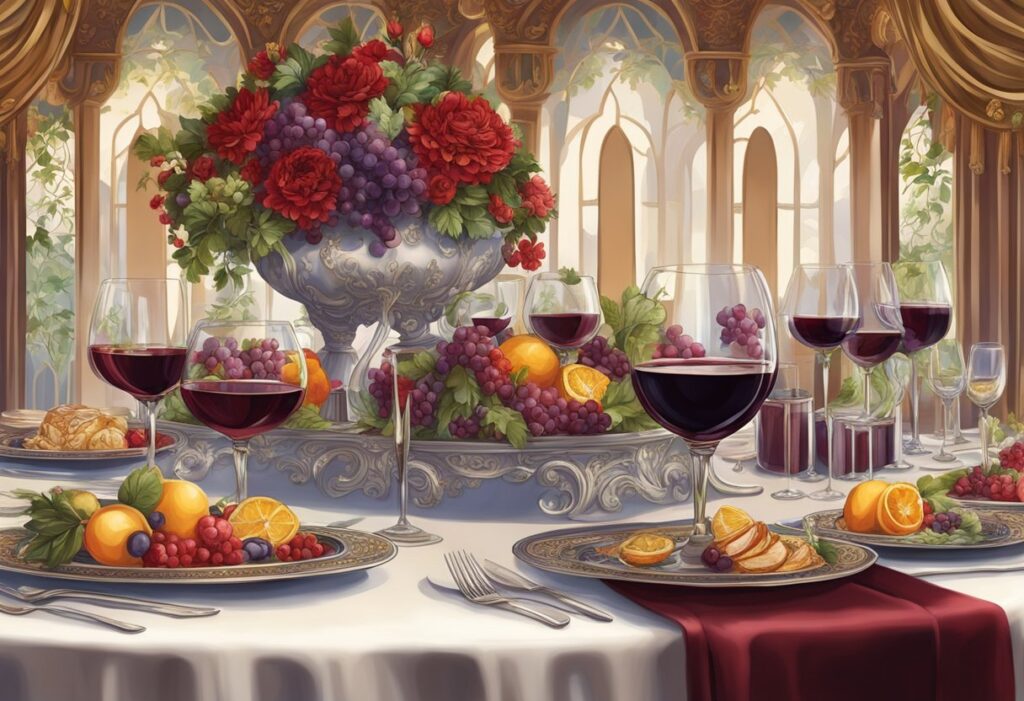Development of Sommelier Profession: Trends and Future Outlook
The profession of a sommelier is steeped in a rich history that dates back to the time when they were integral to the wine cellars of nobility. Traditionally, sommeliers were charged with the procurement, safeguarding, and serving of wine. Today, the sommelier’s role has expanded significantly. Your experience in a restaurant is often quietly curated […]
Development of Sommelier Profession: Trends and Future Outlook Read More »
